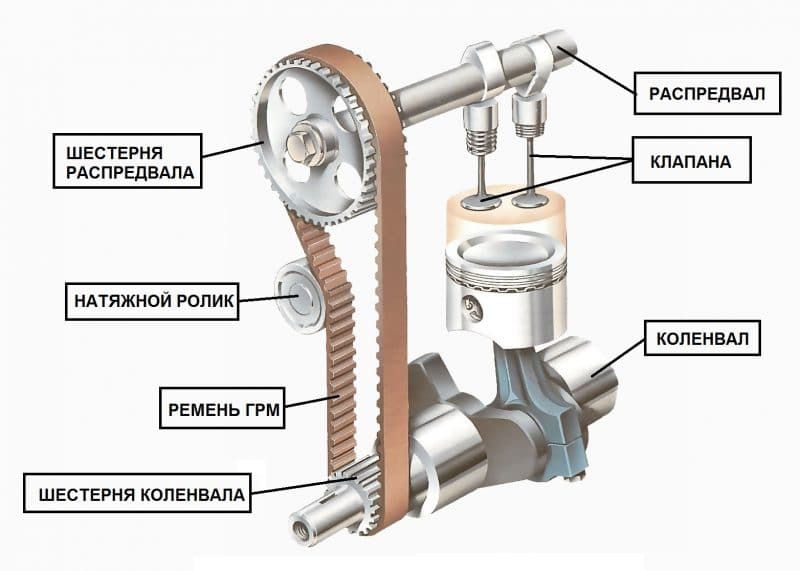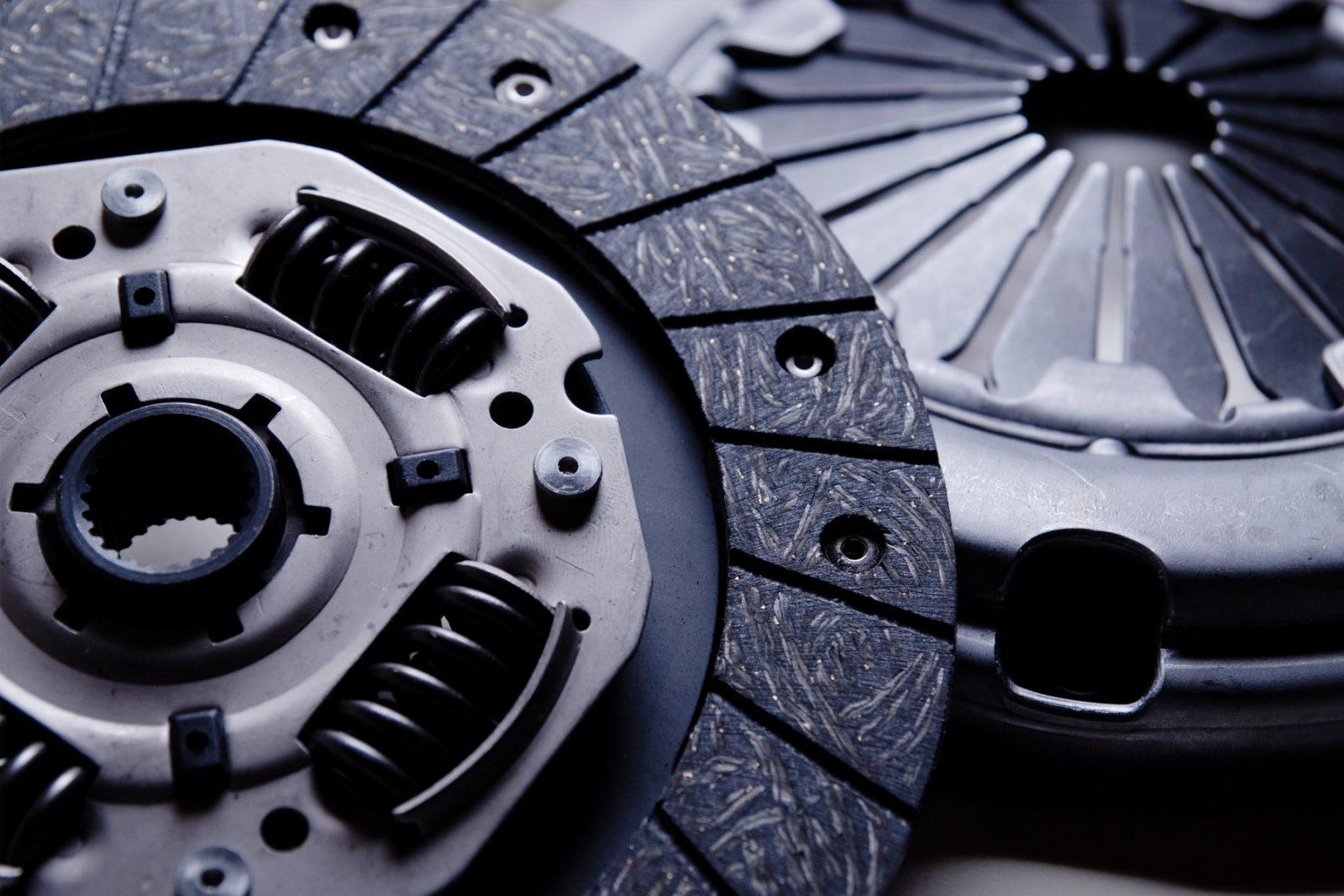
How does a timing belt work and why does it need to be changed regularly?
Content
- How are timing belts made?
- The strongest timing belts - where does their strength come from?
- Timing belt - check how to use it correctly
- Timing system - signs of wear parts
- How often do you need to change the timing belt?
- What to replace along with the timing belt?
- What causes a broken timing belt?
- Replace the timing belt yourself or in the workshop?
Unlike a metal chain, a timing belt is made of rubber. This material, in combination with other materials, gives it a certain flexibility. There is also no risk that the element will stretch. And what is this part in the car responsible for? The belt is designed to transfer energy from the crankshaft to the timing drive and all its moving parts, for example, to the camshaft gear. Check out which timing belts are the strongest and find out why they need to be changed regularly!
How are timing belts made?
Each strap consists of 4 main elements. It:
- synthetic rubber back;
- fiberglass cord;
- teeth of various shapes made of synthetic rubber;
- an additional coating that strengthens the surface of the teeth.
Each timing belt is designed in the same way and consists of these 4 components. They have a direct impact on its properties.
The strongest timing belts - where does their strength come from?
It is difficult to talk about the belt itself without taking into account the details that work with it. What elements make timing belts do their job? First of all, for the belt to work you will need:
- gears;
- tensioners;
- guide rollers.
The rubber backing runs along the guides of the tensioners and rollers. Therefore, it must be sufficiently slippery so as not to create unnecessary friction. On the other hand, reinforced teeth fit between the gear elements, for example, to the injection pump or camshaft. Therefore, they must be extremely strong so as not to be damaged under the influence of engine operation.
Timing belt - check how to use it correctly
While driving, the driver does not have much influence on the operation of the belt. It is mounted on wheels, tensioners and rollers, so its position does not change. It's also hard to damage. Therefore, the most important thing is the assembly itself. What to do with this element before putting it on the timing belt? Do not bend the timing belt more than recommended by the manufacturer. Once you have taken the item out of the package, do not try to put it back in. Proper belt tension is also important and affects belt life.
Timing system - signs of wear parts
It's hard to tell if this item has been damaged until you look at its condition. By itself, it does not cause serious symptoms. One exception is sounds from under the timing cover, which may indicate damage to the timing belt itself, tensioner or roller. However, don't assume that something is wrong. It's best to look at the belt. It must be replaced if:
- has visible scuffs on the surface;
- he is very loose;
- it is stratified or its teeth are worn out.
How often do you need to change the timing belt?
To prevent the timing belt from breaking, be sure to follow the manufacturer's recommendations for periodically replacing the timing belt. It would also be nice to reduce the interval a little, which you can read about in the instructions. A run of 150 thousand kilometers should portend that the old timing belt already needs to be replaced. Also remember that even a car that is not used very often may need to replace the belt. Rubber loses its properties over time. Therefore, even if you have not reached the estimated mileage and the belt is more than 5 years old, it should still be replaced.
What to replace along with the timing belt?
Most often, timing drive maintenance includes more than just installing a new belt. Other elements do not necessarily wear out with it. However, it is recommended to replace the following parts along with the belt:
- guide rollers;
- tensioners;
- Pump.
Of course, it will not always be necessary to replace these elements with new ones. This is for the mechanic to decide. If you know the mechanics and can clearly assess the condition of the belt and parts, then make a verdict yourself.
What causes a broken timing belt?
While the loss of V-belt continuity is not too alarming, a broken timing belt can be truly fatal. Valve timing changes as a result of the loss of drive to the camshaft sprocket. As a result, the pistons collide with the valves. Such a malfunction is fraught with serious consequences. The head needs to be regenerated, and sometimes even the pistons need to be changed. Thus, the engine is suitable for a major overhaul, which can cost thousands of zlotys.
Replace the timing belt yourself or in the workshop?
You can replace the timing drive yourself. Much depends on the place in the chamber and the model you have. You will need socket wrenches, open end wrenches and a timing lock. Longitudinal mounting of engines usually does not require the removal of any additional components other than the radiator fan. On transverse units, it will be necessary to remove the wheel and demolish the wheel arch. The most difficult task awaits owners of cars in which the timing drive is located on the side of the gearbox. You can't do this without removing the engine.
Should I change the timing belt regularly? Oh sure. Even when it shows no signs of wear, but it is already more than 5 years old, you need to think about replacing it. How much does a timing belt replacement cost? The price can fluctuate significantly. However, even slightly higher costs should not discourage you. The cost of the service compared to the overhaul of the engine is not much, right?
